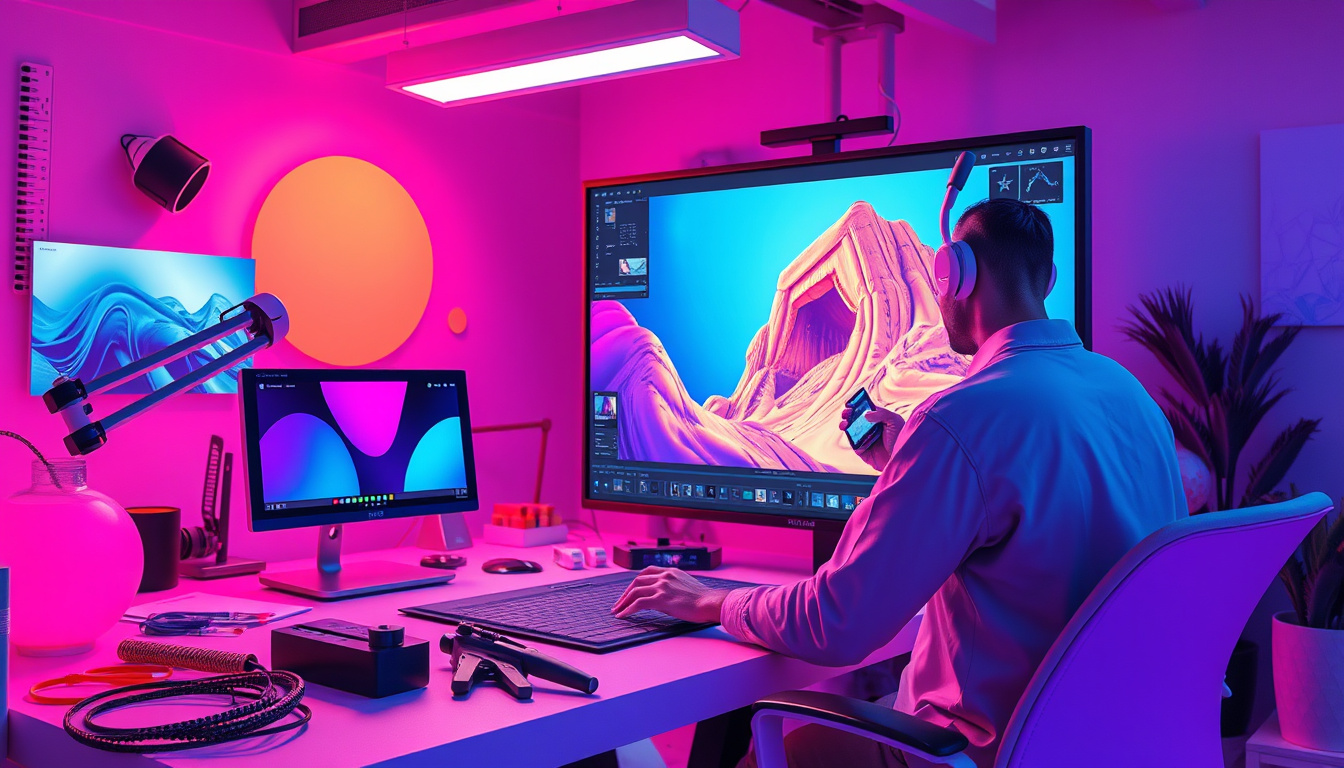
In the ever-evolving world of digital design and photography, Adobe Photoshop stands tall as a leader in image editing since its inception in
1990. With technology advancing at a rapid pace, 2023 has seen Photoshop take significant strides in integrating artificial intelligence (AI) into its toolkit, transforming the way both professionals and amateur photographers approach image manipulation. From streamlining complex tasks to enhancing the user experience with intuitive features, Adobe Photoshop’s AI tools, including the groundbreaking Adobe Firefly, have redefined creativity in the digital space. In this article, we explore the evolution of Photoshop’s AI capabilities, key tools such as the groundbreaking ‘Generative Fill,’ and effective applications in modern image editing, enabling users to unlock their creative potential like never before.

Takeaways
- Adobe Photoshop’s integration of AI tools like Firefly simplifies complex image editing tasks.
- The ‘Generative Fill’ feature enhances creativity by allowing users to easily manipulate images using text prompts.
- While powerful, Photoshop’s AI tools should be used judiciously to maintain image consistency and quality.
The Evolution of Adobe Photoshop’s AI Features
Adobe Photoshop has been a cornerstone in the world of raster image editing since it first launched in 1990, continuously adapting to the evolving landscape of digital design. In recent years, Adobe has embraced artificial intelligence (AI) to elevate user experience and functionality, introducing groundbreaking features that make editing processes more intuitive and efficient. Among these innovations is Adobe Firefly, a suite of AI-powered tools designed to simplify complex editing tasks. One of the standout features is ‘Generative Fill,’ which revolutionizes how users can manipulate images by allowing them to add or remove content with just a few clicks. By selecting an area and inputting a simple text prompt, users can smooth skin textures, change backgrounds, or even colorize black-and-white images, bridging the gap between imagination and reality.
While these features are incredibly powerful, it is important to note that Photoshop’s AI capabilities are primarily engineered to enhance and alter existing images rather than create new compositions from scratch. This approach ensures that users retain control over their projects, although it also means that careful attention is required to avoid inconsistencies in more complex edits when relying heavily on AI.
Photoshop caters to a broad audience across multiple platforms, including Windows, macOS, iPad, iPhone, and Android. However, users should be aware that mobile versions come with certain limitations compared to their desktop counterparts. Subscriptions to Adobe Photoshop start at $22.99 per month, with options for annual billing and packages through the Creative Cloud, making it accessible to a range of budgets.
In conclusion, Adobe Photoshop emerges as the premier choice for both novice and professional users seeking to refine their editing skills and breathe new life into old photographs. Its integration of innovative AI tools embodies the future of image editing, though those with more straightforward editing needs or looking to create entirely new images may want to explore alternative options.
Key Tools and Their Applications in Image Editing
In addition to Adobe Photoshop, other notable tools in the realm of image editing have gained popularity among professionals and hobbyists alike. Affinity Photo, for example, offers a one-time purchase model that appeals to users wary of subscription fees. Its robust set of features includes advanced layer management, frequency separation for retouching, and a robust selection of filters, making it a great alternative to Photoshop for those focused on thorough editing capabilities without ongoing costs. GIMP, an open-source option, provides powerful tools similar to those found in paid software, making it an excellent choice for budget-conscious users or those who appreciate the flexibility of a customizable interface. Meanwhile, mobile applications like Snapseed and Lightroom Mobile offer intuitive, user-friendly environments ideal for on-the-go editing, allowing users to apply professional-grade adjustments with a few taps on their smartphones. Each of these tools provides unique functionalities tailored to different editing needs, reinforcing the idea that there are multiple paths to achieving stunning imagery.




